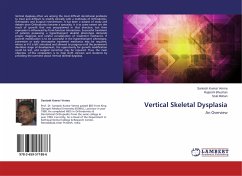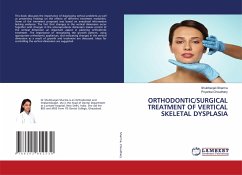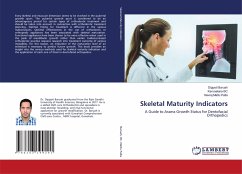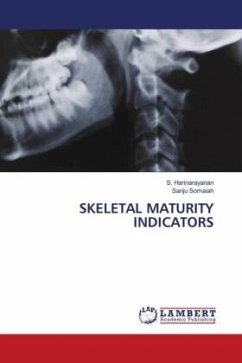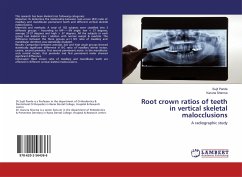
Root crown ratios of teeth in vertical skeletal malocclusions
A radiographic study
Versandkostenfrei!
Versandfertig in 6-10 Tagen
27,99 €
inkl. MwSt.

PAYBACK Punkte
14 °P sammeln!
This research has been divided into following categories:Objective: To determine the relationship between root-crown (R/C) ratio of maxillary and mandibular permanent teeth and different vertical skeletal malocclusions.Materials and methods: A total of 102 subjects were classified into 3 different groups - According to MP -SN angle: low 37 degrees. All the subjects in each group had skeletal class I relation with normal overjet & overbite. The difference between the three groups w.r.t R/C ratio of maxillary and mandibular dentition was statistically analyzed.Results: Comparison between average...
This research has been divided into following categories:Objective: To determine the relationship between root-crown (R/C) ratio of maxillary and mandibular permanent teeth and different vertical skeletal malocclusions.Materials and methods: A total of 102 subjects were classified into 3 different groups - According to MP -SN angle: low 37 degrees. All the subjects in each group had skeletal class I relation with normal overjet & overbite. The difference between the three groups w.r.t R/C ratio of maxillary and mandibular dentition was statistically analyzed.Results: Comparison between average, low and high angle groups showed statistically significant difference in R/C ratio of maxillary lateral incisor, canine, second premolar, first second permanent molar. In the mandibular arch central incisor, first premolar and first permanent molar showed significant difference.Conclusion: Root crown ratio of maxillary and mandibular teeth are affected in different vertical skeletal malocclusions.



